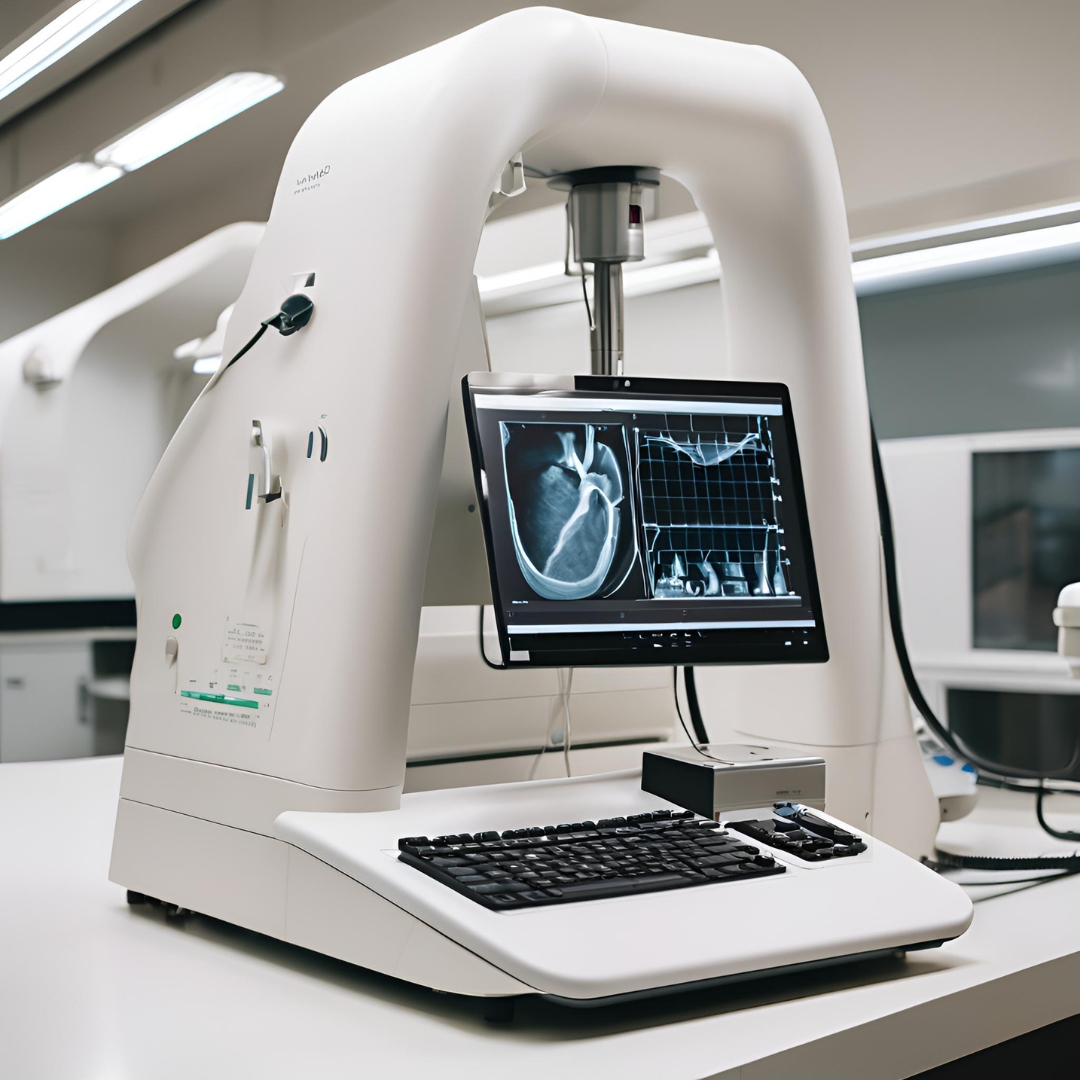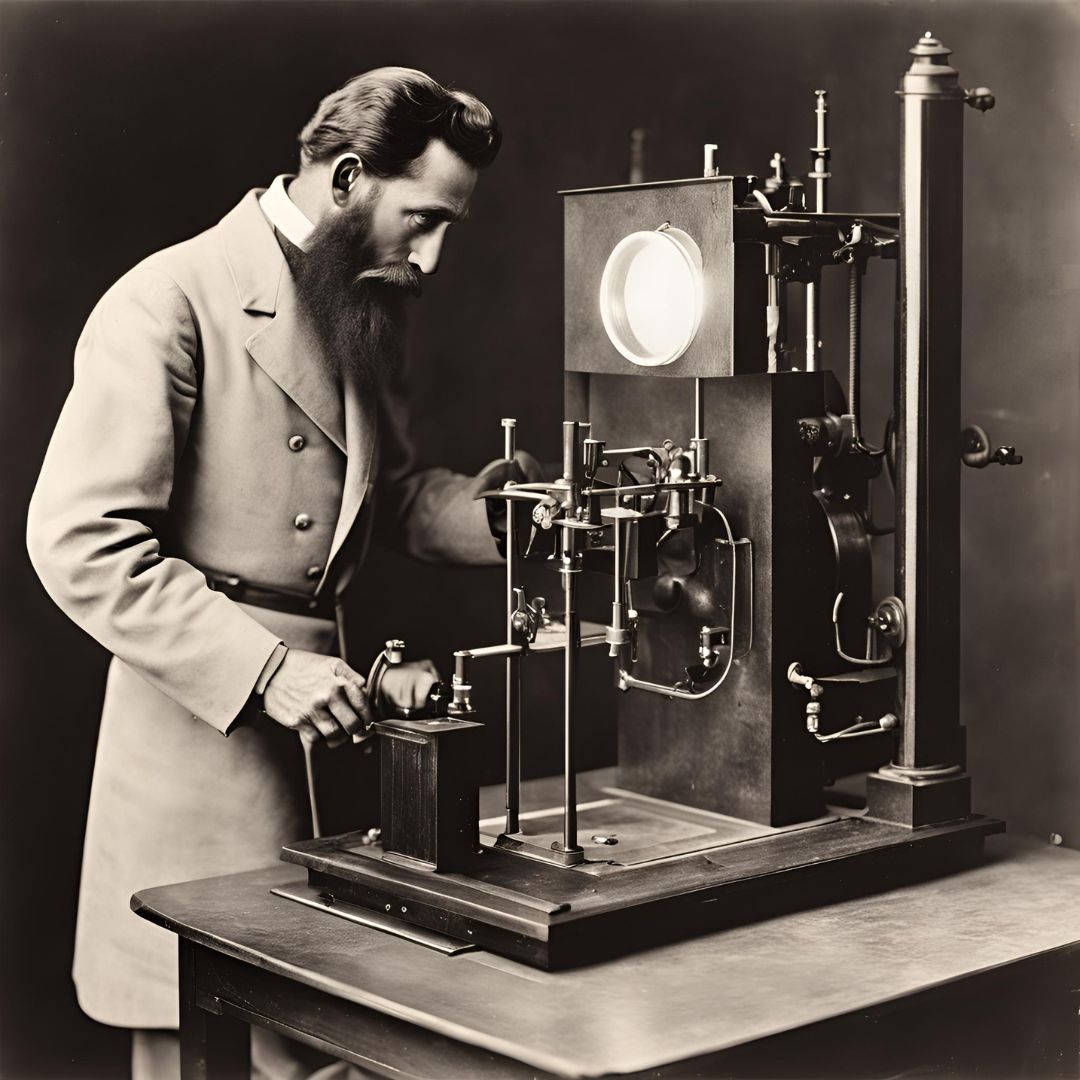Biomedical instruments are the unsung heroes of modern hospitals, playing a vital role in patient care, diagnosis, and treatment. In this article, I’ll walk you through the essential types of biomedical instruments used in hospitals, their impact on patient care, and the critical role of biomedical engineers in ensuring these devices operate flawlessly.
What Are Biomedical Instruments?
Biomedical instruments are specialized devices designed to measure, monitor, and treat various medical conditions. From simple thermometers to complex MRI machines, these instruments provide healthcare professionals with the tools they need to deliver precise and effective care. Without these devices, modern medicine as we know it would not be possible.

Key Types of Biomedical Instruments in Hospitals
In hospitals, biomedical instruments can be broadly categorized into four main types: diagnostic, therapeutic, monitoring, and surgical.
1. Diagnostic Instruments
- Electrocardiograms (ECG): These devices monitor the electrical activity of the heart, helping doctors diagnose heart conditions such as arrhythmias and heart attacks.
- Ultrasound Machines: Using sound waves to create images of the body’s internal structures, ultrasound is crucial for everything from prenatal care to soft tissue examination.
- MRI and CT Scanners: These imaging tools provide detailed visuals of the body’s interior, aiding in the diagnosis of complex conditions like tumors and brain disorders.
2. Therapeutic Instruments
- Ventilators: Essential in critical care, ventilators help patients who are unable to breathe on their own.
- Infusion Pumps: These devices deliver controlled doses of medication, fluids, or nutrients into a patient’s bloodstream over time.
- Dialysis Machines: For patients with kidney failure, dialysis machines filter waste and excess fluids from the blood, performing the function of the kidneys.
3. Monitoring Instruments
- Vital Signs Monitors: These devices continuously track essential parameters like heart rate, blood pressure, and oxygen levels, especially in intensive care units.
- Glucose Meters: Used to measure blood sugar levels, these are crucial for managing diabetes in hospitalized patients.
- Pulse Oximeters: Non-invasively measuring oxygen saturation in the blood, pulse oximeters provide quick and accurate readings of a patient’s respiratory function.
4. Surgical Instruments
- Electrosurgical Units: These instruments use electrical currents to cut tissue and control bleeding during surgeries.
- Anesthesia Machines: Critical in surgeries, these machines deliver precise amounts of anesthetic gases to keep patients unconscious and pain-free.
- Endoscopes: These flexible cameras are used for visual examinations and minimally invasive surgeries, providing a view of the body’s internal organs.

The Role of Biomedical Engineers
Biomedical engineers are the backbone of the healthcare industry when it comes to maintaining these instruments. Our job involves designing, developing, and ensuring these devices operate correctly. Here’s what that typically includes:
- Design and Development: We create new devices that improve patient safety and healthcare outcomes.
- Maintenance and Calibration: Regular checks and maintenance are critical to keep instruments functioning accurately.
- Training: We train healthcare staff on how to use these devices safely and effectively.

Impact of Biomedical Instruments on Patient Care
The impact of these instruments on patient care is immense. Here’s how:
- Accurate Diagnosis: With precise data from diagnostic instruments, healthcare professionals can diagnose conditions more accurately, leading to better treatment decisions.
- Effective Treatment: Therapeutic devices ensure that treatments are delivered safely and effectively, improving patient recovery times.
- Continuous Monitoring: Monitoring instruments allow for real-time tracking of a patient’s condition, enabling prompt interventions when necessary.
Challenges and Future Trends in Biomedical Instruments
While these instruments are essential, they come with challenges such as high costs, the need for specialized training, and ongoing maintenance. However, the future looks bright with advances in artificial intelligence, miniaturization, and connectivity. These trends are leading to the development of smarter, more efficient devices that will further enhance patient care.






